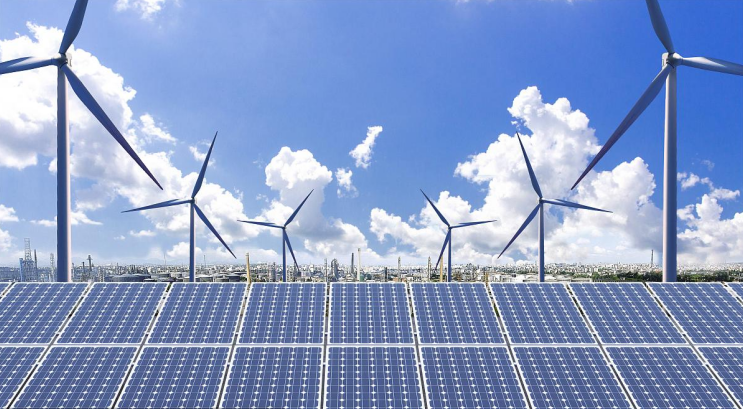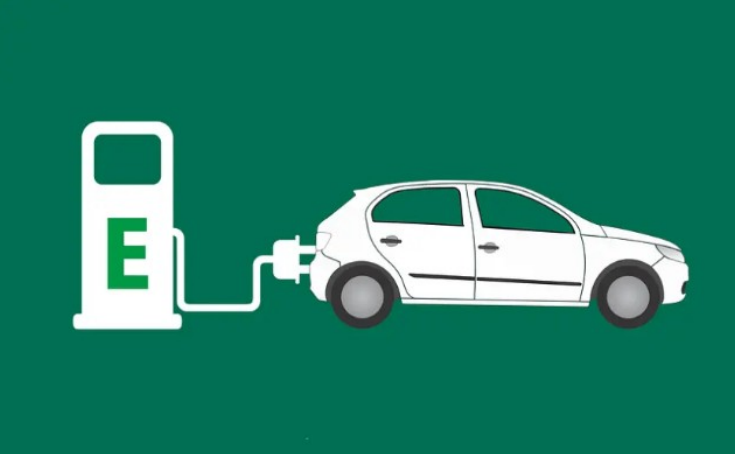
10 月 . 24, 2023 10:34 Back to list
Four major trends of new energy development in 2023
Technological advancements are driving new routes and leapfrog developments, particularly in photovoltaics where silicon wafers are becoming larger and thinner.By 2023, it is expected that 182mm and 210mm silicon wafers will dominate the market.Monocrystalline technology has taken the lead, thanks to the improved photoelectric conversion efficiency of N-type cell technology like HJT and TOPCon.The breakthroughs continue with commercialization of perovskite batteries, which have shattered traditional conversion efficiency limitations.In the wind power market, the focus is shifting towards large-scale units and lightweight materials, especially in offshore wind installations.

The second trend highlights that the utilization of wind and solar resources is nearing saturation, hence the focus is no longer on overall installed capacity growth of photovoltaic and wind power stations. Negative electricity prices are becoming the norm in new energy, creating a need for new wind and photovoltaic distribution and storage systems. Combined with energy storage, green power can pave the way for further development.
The third development is centered around emerging subdivisions such as distributed photovoltaics, household photovoltaics, and photovoltaic building integration.The combination of distributed photovoltaics and building facilities generates power without requiring additional land, presenting significant advantages.Many companies, including LONGi Green Energy, are focusing on the household market and the development of branding and standardization in household photovoltaics.

Lastly, the focus should be on the export of new energy, including photovoltaic modules, equipment, and supporting technologies.Photovoltaics, lithium batteries, and new energy vehicles are emerging as major forces driving China's exports.However, attention must be paid to potential trade obstacles, as Europe and the United States may target China's wind and photovoltaic industry with a new round of trade restrictions.Policies like the EU's Net Zero Industry Act and the cancellation of Southeast Asian photovoltaic export tariff exemptions under the US Defense Production Act will require local manufacturing of new energy technologies from 2022 to 2023.
Will be removed if infringing
Reference website:https://zhuanlan.zhihu.com
-
Unraveling the Power of EMS Energy Management Systems
NewsOct.23,2024
-
Unleashing the Potential of Power System Management and Smart Energy Solutions
NewsOct.23,2024
-
Smart Energy Mastery: Unleashing the Power of Controls
NewsOct.23,2024
-
Smart Energy Management: Unleashing the Power of Energy Management Systems and BMS Energy
NewsOct.23,2024
-
Powering Progress: ADMS, Intelligent Management & More
NewsOct.23,2024
-
Energizing the Future: Devices, Smart Management & Savings
NewsOct.23,2024


